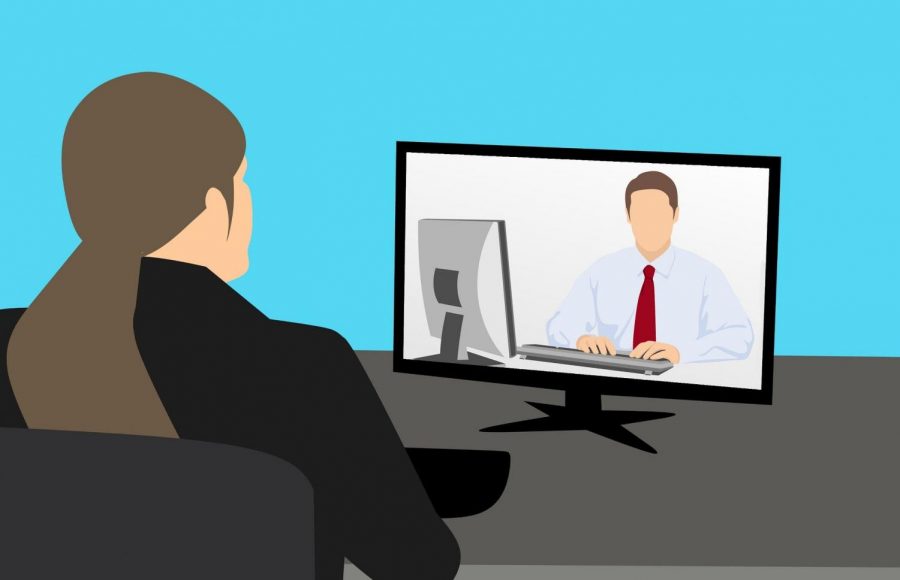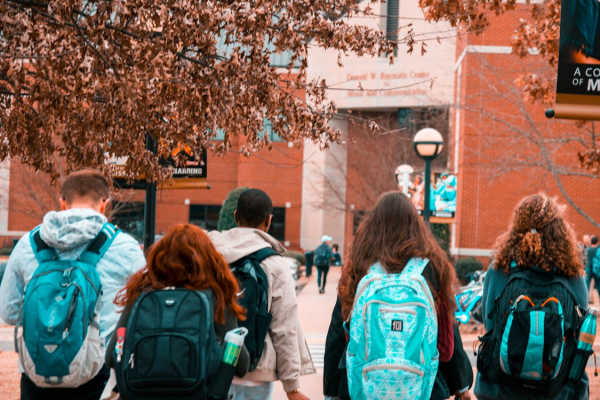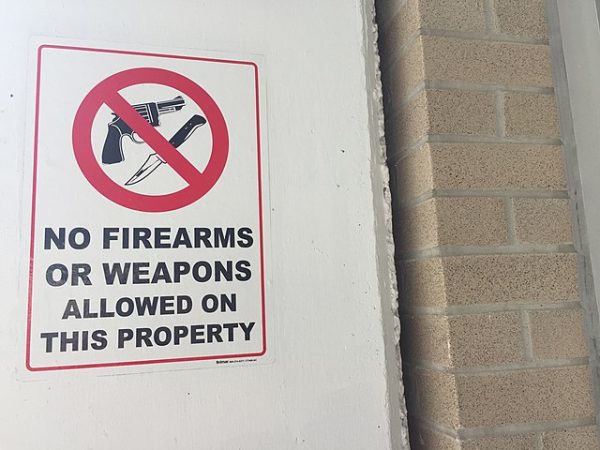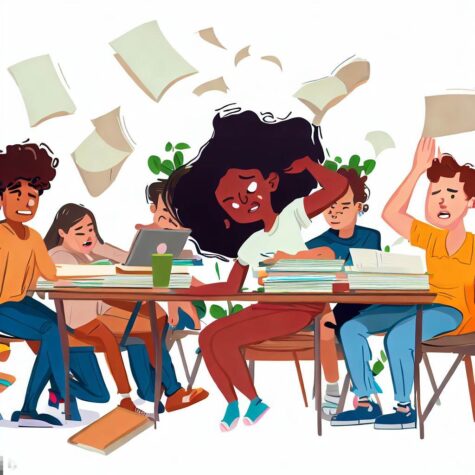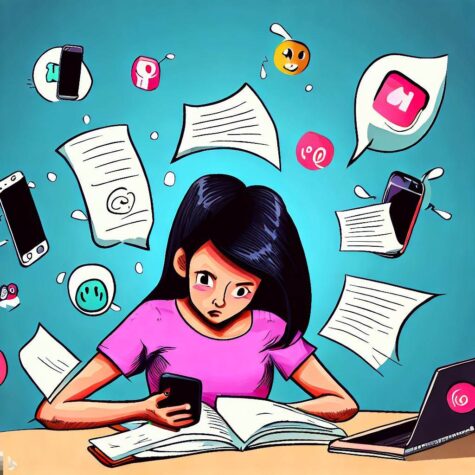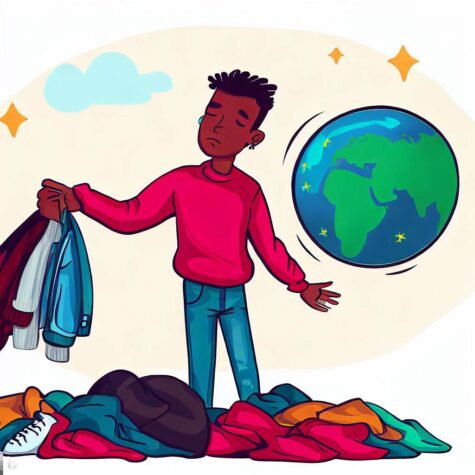Communication Under Self-Isolation
With the coronavirus causing shutdowns worldwide, people have had to change their methods of communication.
Not being able to leave your home to do many things has caused people to move online. Popular apps like FaceTime and Google Hangouts have seen an increase in use. However, the app Zoom has definitely seen the most success from this move to online. The app has been the top free app for iPhones since March 18th. The company also said that it had 300 million daily users in March a huge increase compared to only 10 million in December. This is due to people using it for work meetings, school conferences, parties, and many other things. The ability to share your computer’s screen and audio makes Zoom a good option for holding meetings but also has allowed people to do things such as host online DJ sets. The ability to host up to 1000 people in a room also gives it an advantage over most other video conferencing apps. Another app called Houseparty has also received some success during this time. This app is specifically designed towards chatting with friends. What sets it apart is that you never schedule meetings, users just sign onto the app and then are able to join other friends who are online. The app also has several games built into it that can be played while video chatting. Yet, the limit of only 8 people in a chat at once strengthens Zoom’s place as being the video conference app with the most potential uses.
Television has also adapted to the situation. Late-night show hosts such as Conan O’Brien, Trever Noah, Samantha Bee, and John Oliver have had to stop filming on their sets but have been producing content from their homes. On April 30th, the show Parks and Recreation also had a reunion episode after over 5 years since the show ended. As self-isolation continues, more of these TV specials are likely to occur.
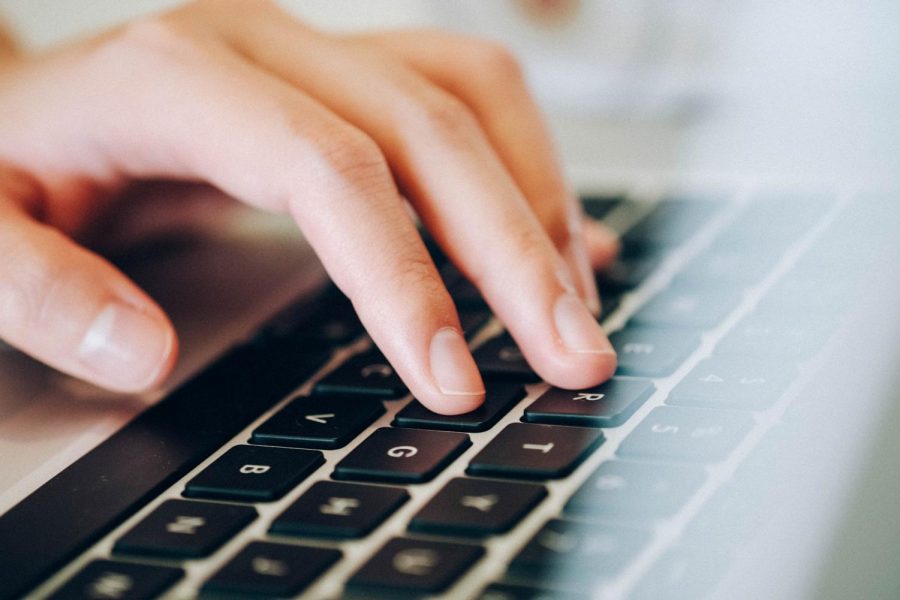
With most schools having closed their campuses and workplaces closing their offices\; students, teachers, and workers have all had to adapt to being online. This change has also highlighted the digital divide. The Federal Communications Commission in a 2019 report, found that 21.3 million Americans do not have access to broadband internet, which is about 6.5% of the population. Some other groups such as BroadbandNow Research feel that this estimate is too generous and that many more Americans cannot buy broadband internet than that number. Having internet access right now is vital to being able to do school work, work from home, and have remote doctor’s visits. It can also be necessary to connect with family members and get important news. Members of Congress are already trying to address these issues with proposed bills. The Emergency Educational Connections Act will fund the FCC so it can send Wi-Fi hotspots, routers, and internet-connected devices to schools and libraries to help students. The Eliminating Barriers to Rural Internet Development Grant Eligibility (E-BRIDGE) Act will remove many obstacles in expanding broadband access. If these bills get passed they will greatly help many Americans during this time.
The Coronavirus outbreak could change communication forever. With many people now being forced to learn how to communicate online, people are now seeing more of the benefits of doing it. Working from home could now become more prevalent and now more teachers may decide to have homework online or implement technology in the classroom. The way people communicate with friends and family could also see some changes.


